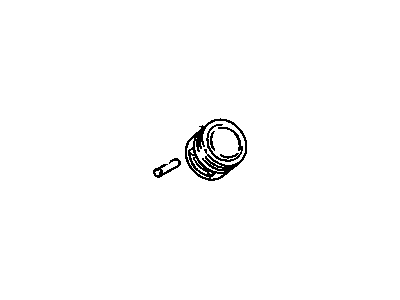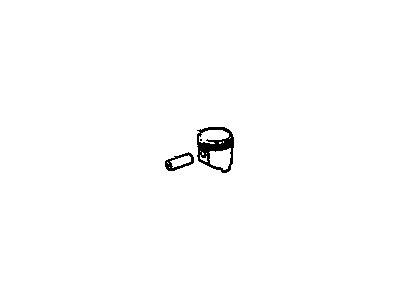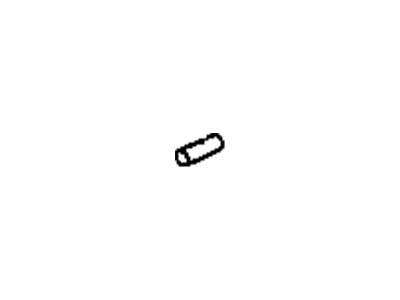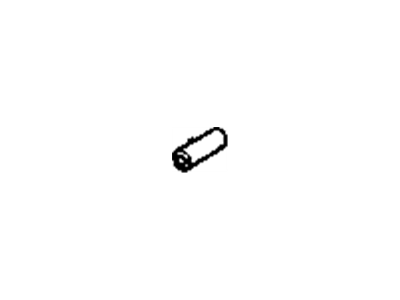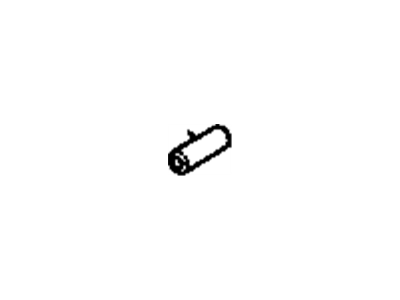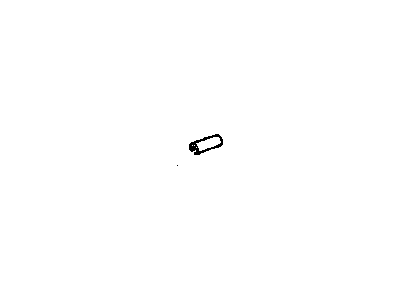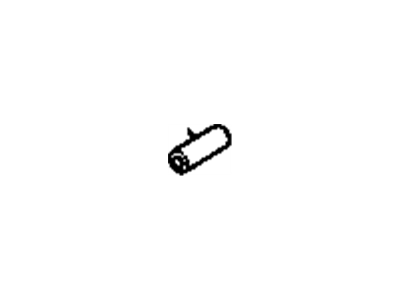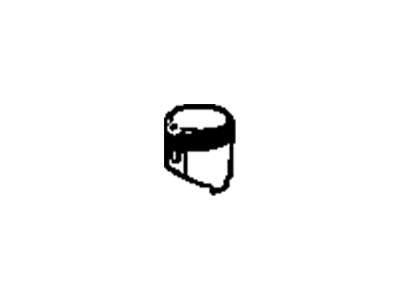
My Garage
My Account
Cart
Genuine Buick Century Piston
Engine Pistons- Select Vehicle by Model
- Select Vehicle by VIN
Select Vehicle by Model
orMake
Model
Year
Select Vehicle by VIN
For the most accurate results, select vehicle by your VIN (Vehicle Identification Number).
31 Pistons found
Buick Century Pstn & Piston Pinion Asm
Part Number: 14102688$54.38 MSRP: $109.66You Save: $55.28 (51%)Buick Century Piston & Pinion,(Std) (600 Gram)
Part Number: 12353354$60.27 MSRP: $121.54You Save: $61.27 (51%)Buick Century Piston Asm,(W/ Pinion)
Part Number: 24505806$60.44 MSRP: $121.88You Save: $61.44 (51%)Buick Century Piston Assembly, (W/ Connect Rod)
Part Number: 12564008$27.95 MSRP: $43.98You Save: $16.03 (37%)Ships in 1-2 Business DaysBuick Century Piston, (W/Pinion)
Part Number: 24576691$93.94 MSRP: $120.83You Save: $26.89 (23%)Ships in 1-2 Business DaysBuick Century Piston Asm,W/Pinion
Part Number: 24501065$29.57 MSRP: $124.15You Save: $94.58 (77%)Ships in 1-2 Business Days
| Page 1 of 2 |Next >
1-20 of 31 Results
Buick Century Piston
The Piston in Buick Century vehicles is an abbreviation of the piston pump of internal combustion engine where by power produced by combustion process transforms into movement energy in automobile. It work by transmitting power from the gases that are expanding to the crankshaft for better and efficient running of the engine. Buick Century pistons are commonly made from aluminum alloys to be strong enough and lightweight, and such special features as cooling cavities and gas-tight piston rings to endure severe pressure and temperature. In the course of Buick Century production, various types of pistons have been used, such as trunk pistons that take side load and contain oil rings, and slipper pistons for high speed performance. They all have the intended use and therefore have variations in their structure for the enhancement of performance and endurance. The design of these pistons entails a lot of precision and effort and it plays a very crucial service in the operational capacity as well as the durability of the Buick Century car model's engine.
Each OEM Buick Century Piston we offer is competitively priced and comes with the assurance of the manufacturer's warranty for the part. Furthermore, we guarantee the speedy delivery of your orders right to your doorstep. Our hassle-free return policy is also in place for your peace of mind.
Buick Century Piston Parts Questions & Experts Answers
- Q: How to remove and inspect pistons in an engine on Buick Century?A:Before removing the pistons, inspect the cylinder bore for a ridge felt by hand. Use a ridge reamer for that purpose. To start piston removal, you need to match each connecting rod cap with its respective rod number. Place a rubber hose over the connecting rod studs on the Crankshaft and cylinders so they don't get scratched or damaged. Then, lubricate the cylinder wall with clean engine oil and tap the piston gently out using a wooden dowel. Repeat for all pistons in the same way. After taking them off, clean cylinder bore and pistons thoroughly using soap and water before applying clean engine oil to prevent corrosion. The piston rings are removed using ring expander tool then piston grooves are cleaned. Cylinder bore diameter and piston clearance are measured by telescopic gauge in combination with micrometer. Piston should be marked for reference. Pistons having pressed-in wrist pins must be removed using special tools while snap-ringed pins can be taken out through use of screwdriver. Replace / install wrist pins as required. When you fit in new rings, make sure they do not get damaged by utilizing piston ring expander. According to manufacturer's instructions, place the rings correctly on the pistons just as directed by their manufacturers' manual guides . In case of any damage or wear-out, inspect and replace connecting rod bearings when necessary. Use Plastigage® to check bearing clearance. Choose appropriate undersized bearing shell where necessary if there's an excessive clearance . Observe proper side clearance between rods and crankshaft in installing bearings, pistons, and connecting rods as per manufacturer specifications . Finally, reassemble engine components including oil pump(s), Oil Pan(s), Cylinder Head(s) and Intake Manifold(s).
